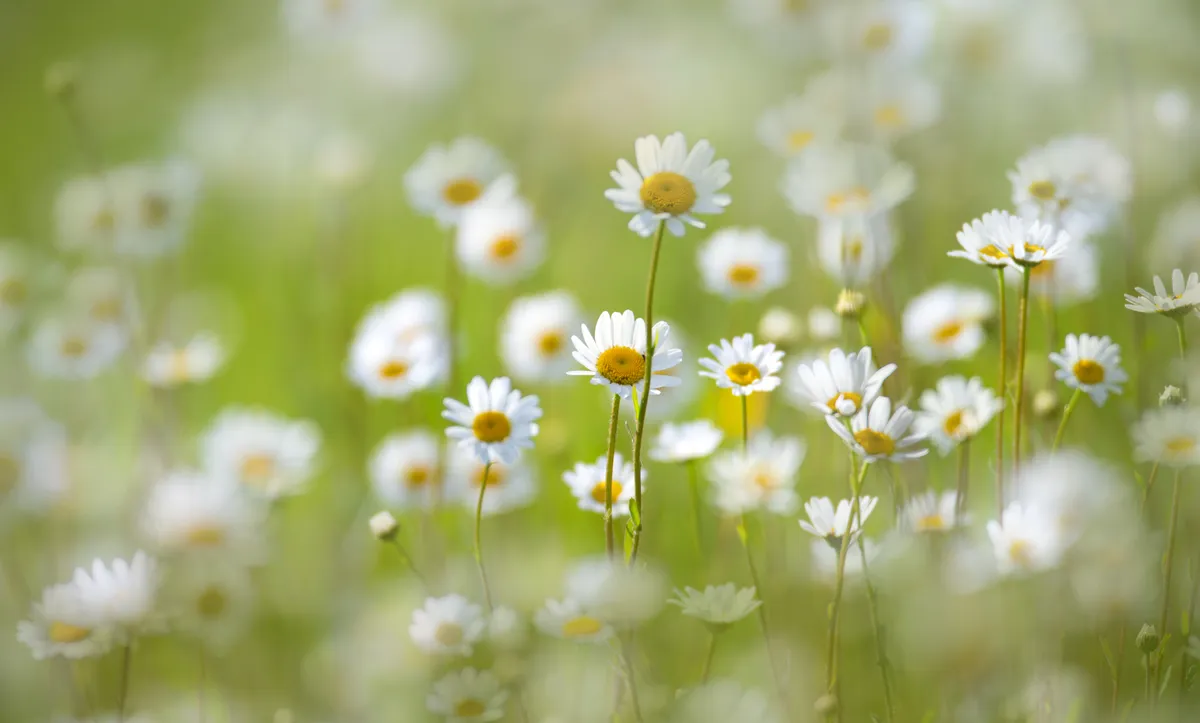The Wildlife Trusts and the RHS are calling for people to protect the plant species on their lawn this summer, by encouraging people to champion the dandelion and let their lawn grow longer.
There are 239 dandelion microspecies recorded in Britain and Ireland and 58 of those are endemic which means that they are only found in the British Isles. Dandelions are central to garden ecosystems, supporting more than fifty different species of insects including bees, moths, flies and wasps. Some of those insects are pollinators and are eaten by birds, so they all play a vital role in the food chains that wildlife relies on.
Read all about No Mow May
Actress Alison Steadman has joined the campaign Wild About Lawns and is encouraging people to leave the mower in the shed. "“I absolutely love relaxing in my garden listening to birdsong. Longer lawns offer birds the perfect foraging spots especially when there are plenty of wildflowers in amongst the grass. One of my favourite animals is the hedgehog and what better way to make them feel welcome than a luscious patch of grass and wildflowers to hunt for worms and beetles? "

Leaving lawns to grow longer has been a focus of the campaign No Mow May, from Plantlife, which asks people to avoid mowing the lawn for the entirety of May. This new campaign asks people to consider changing how they mow the lawn on a longer term basis. Avoiding frequent mowing can mean dandelions and other wildflowers such as daisies, selfheal, lesser celandine, cowslip, and bird’s-foot-trefoil have a chance to grow and flower, providing nectar and pollen for pollinators.

There are five ways to look after your lawn this year:
- Reduce the frequency of mowing to once every three to four weeks to allow moths and butterfly caterpillars such as large skippers and meadow browns to feed on grasses.
- Keep some areas short as pathways, sunbathing spots, and foraging areas for worm-eating birds. For the rest, let the grass grow a little longer, offering shelter to grasshoppers and other insects. In turn, these creatures are food for frogs, birds, and bats.
- Birds such as blackbirds, robins and tawny owls feed on earthworms so increase your chances of seeing these birds by allowing a longer lawn to grow.
- Overlook bare patches within a lawn as these provide valuable habitats for mining bees. Around ¾ of all wild bee species nest in the soil. Solitary bees that nest in the ground include ivy bees and ashy mining bees.
If you prefer a greener lawn, consider growing hardy yarrow or, where there is limited footfall, experiment with a tapestry lawn and grow herbs and flowers such as chamomile and creeping thyme.
Download a copy of the Bring your lawn to life guide from the Wildlife Trusts and head to the Wild About Gardens website.
